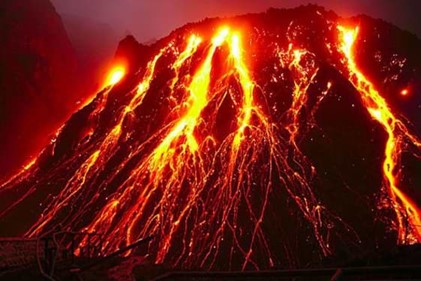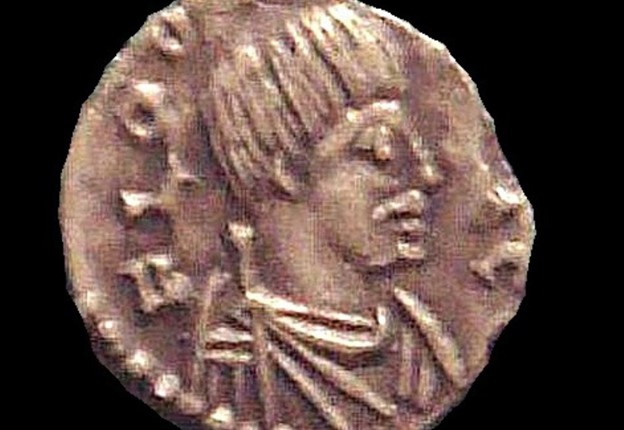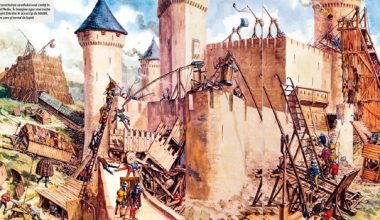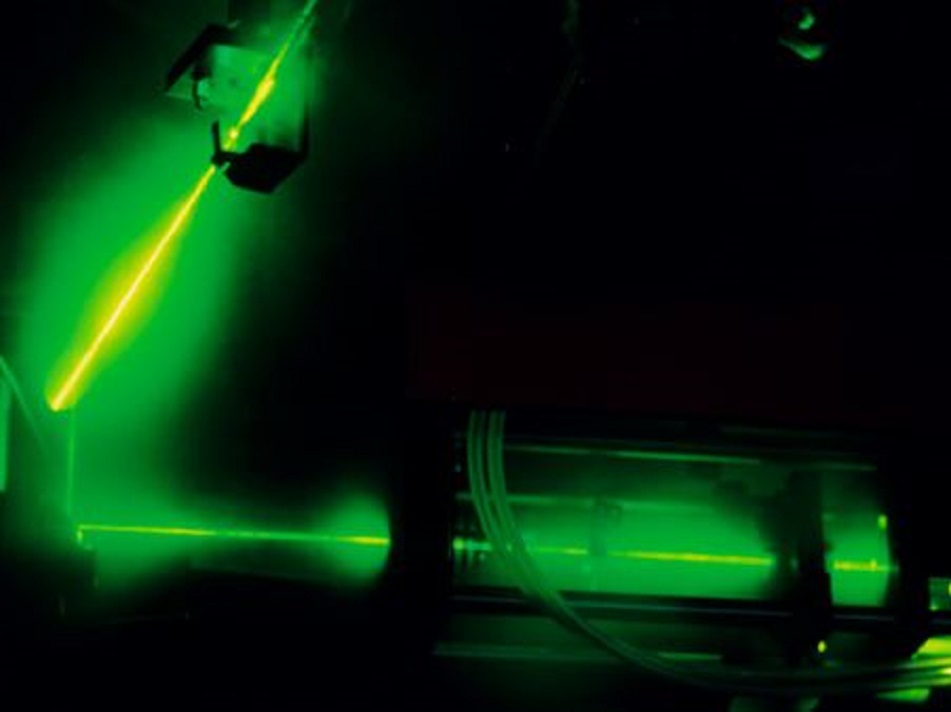Volcanic activity is a fascinating, frightening, and an absolutely essential feature of our planet. Volcanoes are scattered everywhere, from a desert in Africa to the frigid climes of Antarctica, islands in the Pacific and on all continents. Every day one erupts somewhere. Earth’s volcanoes are familiar to most of us, but the way they work is less known.
There are volcanoes on all the planets in the Solar System. Take Jupiter’s moon Io, for example. It’s highly volcanic and spews sulfurous lava from beneath its surface. It’s estimated that this little world is in a permanent transformation due to its volcanic activity bringing material form the interior to the surface and beyond.
Farther out, Saturn’s moon Enceladus also has extremely interesting volcanic features. Instead of erupting with molten rock as on Earth and Io, it spews out slushy ice crystals. Scientists suspect that these types of volcanoes, called „ice volcanoes” (known as cryovolcanism) are the most common volcanoes in the galaxy.
Volcanoes, part of world building
Volcanoes do major work in building up continents and islands, creating mountains, but also at the bottom of the ocean. Earth began its life as a volcanic world, covered with a molten ocean.
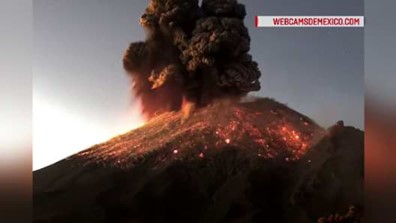
Not all volcanoes that have flowed since the beginning of time are currently active. Some are long-dead and will never again be active. Others are dormant (meaning they could erupt again in the future). This is true on Mars, particularly, where a few devastating volcanoes exist, which are now considered dead.
Volcanic eruption basics
Most people are familiar with volcanic explosions like the one that blew apart Mt. St. Helens in Washington State in 1980. That was a dramatic eruption that blew part of the mountain away. However, it’s not the only one in that region.
The Hawaiian island is part of a hot spot, a weak point in Earth’s crust under the Pacific Ocean. The islands were built up over millions of years by volcanic activity. Eventually, each island’s surface broke the water’s surface and kept growing.
The most active Hawaiian volcanoes are on the Big Island. One of them — Kilauea — continues to pump out thick lava flows that have resurfaced much of the south area of the island. Recent eruptions have destroyed villages and homes on the Big Island.
Volcanoes also erupt all along the Pacific Ocean basin, from Japan south to New Zealand. The most volcanic areas in the basin are along plate boundaries, and that whole region is called the „Ring of Fire”
In Europe, Mt. Etna in Sicily is quite active, as is Vesuvius (the volcano that buried Pompeii in 79 AD). These volcanoes continue to affect surrounding regions with earthquakes and occasional eruptions.
Not every volcano builds up a mountain. Some vent volcanoes send pillows of lava out, particularly from undersea eruptions.
How do volcanoes work?
Volcanoes provide routes for material deep beneath Earth’s surface to escape to the surface. Active volcanoes on Earth, Io, and Venus are fed by subsurface molten rock. On Earth, the lava comes up from the mantle (which is the layer under the surface). Once there’s enough molten rock — called magma — and enough pressure on it, a volcanic eruption occurs. In many volcanoes, the magma rises up through a central tube or “throat,” and emerges out the top of the mountain.
In other places, lava, gases and ash flow out through vents. They can eventually create become cone-shaped hills and mountains. This is the style of eruption that most recently occurred on the Big Island of Hawaii.
Volcanic activity can be quiet or it can be explosive. In a very active flow, clouds of gas may come rolling out of the volcanic caldera. These are quite deadly because they’re hot and moving fast, and the heat and gas kill everything in that area.
Volcanoes are often (but not always) closely related to continental plate movements. Deep under the surface of our planet, huge tectonic plates are slowly moving and jostling against each other. At the boundaries between plates, where two or more come together, magma creeps up to the surface. The volcanoes of the Pacific Rim have been built up this way, where plates slide together creating friction and heat, allowing lava to flow freely.
A scientific look at volcanic eruptions
Volcanic eruptions are usually announced by earthquakes. They indicate the motion of molten rock. Once an eruption is about to happen, the volcano can spew out lava in two forms, plus ash and heated gases.
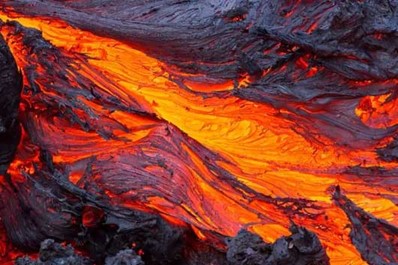
Most people are familiar with lava, either from movies or documentaries. It has the consistency of molten peanut butter. It cools very quickly to make thick black rock layers. The other type of lava that flows from volcanoes resembles hot coal coming out of Earth.
Both types of lava carry gases, which they release as they flow. Their temperatures can exceed 1,200° C. The hot gases released in volcanic eruptions include carbon dioxide, sulfur dioxide, nitrogen, argon, methane and carbon monoxide, as well as water vapor. These gases can be deadly, even in small amounts, even on a relatively quiet mountain.
In very explosive volcanic eruptions, ash and gases are mixed together in what’s called a “pyroclastic flow”. Such a mixture moves very fast and can be quite deadly. During the eruption of Mt. St. Helens in Washington, the blast from Mount Pinatubo in the Philippines and the eruptions near Pompeii in ancient Rome, most people died when they were overcome by such killer gas and ash flows. Others were buried in the ash or mud floods that followed the eruption.
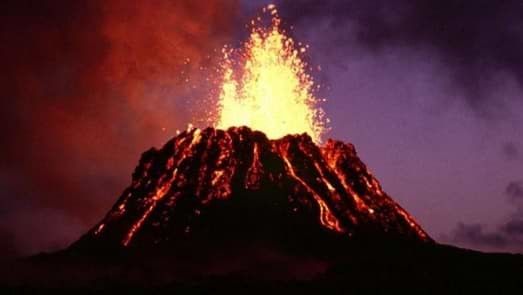
Volcanoes are necessary to planetary evolution
Volcanoes and volcanic flows have affected our planet since ancient times. They have enriched the atmosphere and soils, at the same time they contributed to changing the ecosystem. They are part of any planet and contribute to its development.
Geologists study volcanic eruptions and related activities and work to classify each type of volcanic land feature. Without volcanoes, Earth wouldn’t have been the same and life would probably not have existed today.

